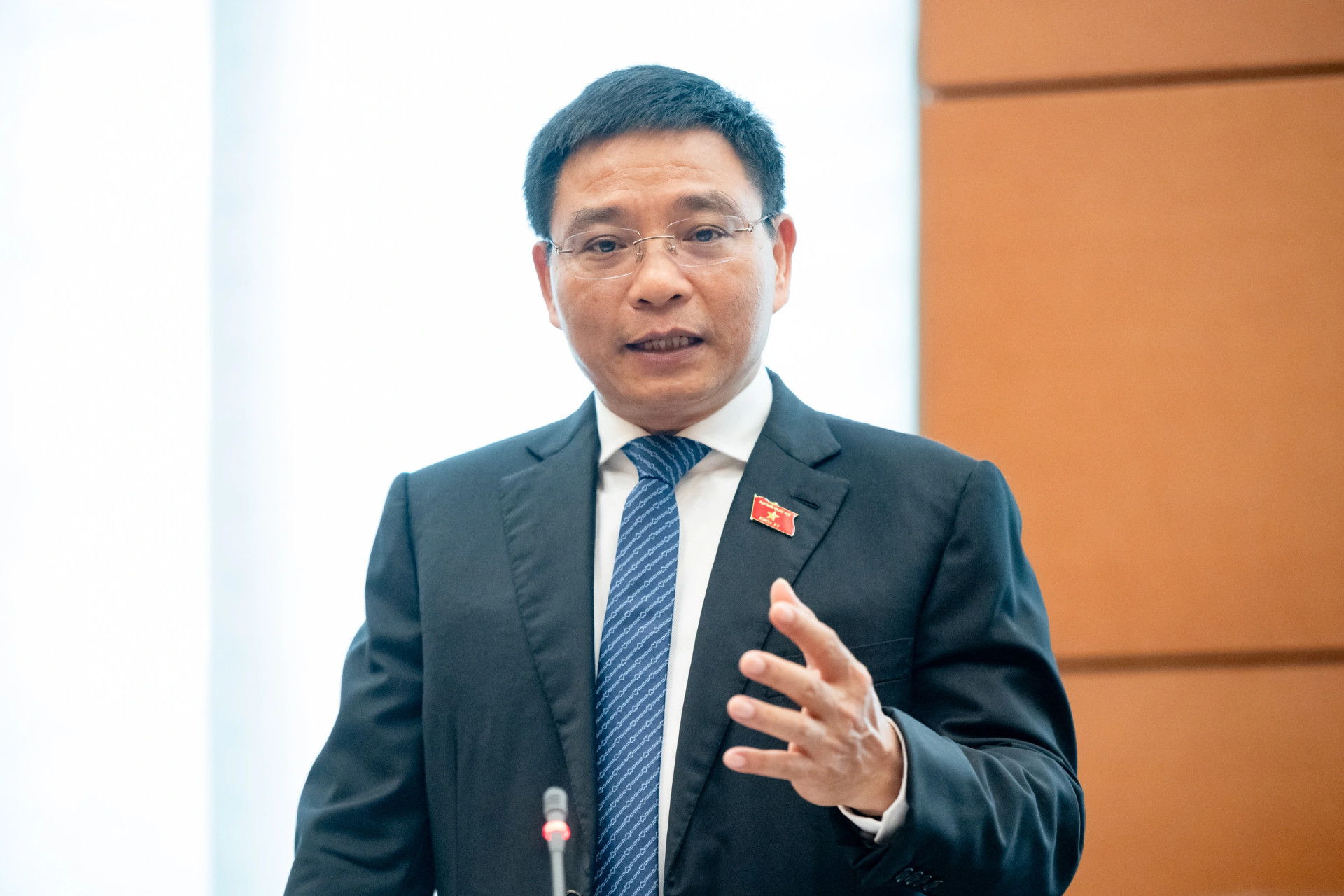On June 11, the National Assembly reviewed and debated a draft resolution on the establishment of an international financial center (IFC) in Vietnam.
Speaking before the National Assembly, Permanent Deputy Prime Minister Nguyen Hoa Binh affirmed that Vietnam meets the necessary conditions to build and develop an IFC. Currently, there are 119 financial centers worldwide, and Ho Chi Minh City is already considered one of them.
The Deputy Prime Minister emphasized that establishing an IFC is crucial for attracting international capital flows and enabling Vietnam to achieve double-digit economic growth in the new era. He added that the center would also contribute to advancements in science, technology, innovation, and national digital transformation.

Vietnam’s IFC will operate on the “one center, two destinations” principle, with Ho Chi Minh City and Da Nang sharing functions. The government aims for the center to be among the world’s top 75 financial centers by 2035 and to enter the top 20 by 2045.
According to the government's proposal, the draft resolution includes a set of specialized policies and mechanisms covering foreign exchange, banking activities, finance and capital markets, taxation, immigration, residency and labor for experts and investors, employment and social security, land use, construction, and environmental regulations.
Key institutional bodies at the IFC will include an executive agency, supervisory agency, and dispute resolution bodies - namely a specialized court established under the Law on the Organization of People’s Courts, and an international arbitration center set up under the Law on Commercial Arbitration.
In a subsequent group discussion, Deputy Prime Minister Nguyen Hoa Binh acknowledged the urgent need for such a center, warning that failure to act now could mean missing a critical opportunity. However, he noted that without exceptional policy frameworks and strong investor appeal, Vietnam would struggle to compete with other global financial hubs like Shanghai, Singapore, and Dubai.
Initially, the government had considered establishing two separate financial centers in Ho Chi Minh City and Da Nang, but concerns over internal competition led to a unified model. The strategy now focuses on a single international financial center with two locations, each serving distinct roles.
The center in Ho Chi Minh City will offer a full range of financial products and services, while Da Nang will specialize in green finance.
Deputy Prime Minister Binh stressed that this dual-city approach would not lead to conflict or mutual weakening, as both locations will share a central governing board and operating body. Experts have called the decision bold but feasible.

Minister of Finance Nguyen Van Thang highlighted that the primary goal of the IFC is to mobilize international capital to support domestic economic development. This objective, he noted, is a vital metric for evaluating the success of the center and addresses a pressing need as Vietnam strives for double-digit growth.
However, he acknowledged that setting up such a center is complex and comes with risks. While the IFC model has existed for over a century in other countries, it remains new and challenging for Vietnam.
The first risk lies in the nature of short-term capital flows. If foreign currency is not carefully managed and investors rapidly move capital in and out, it could destabilize the market and even trigger a financial crisis, as seen in Thailand in 2008.
A second risk is pressure on exchange rates if large amounts of foreign capital are converted into Vietnamese dong.
Nevertheless, Minister Thang assured that the government has anticipated these challenges and is well-prepared with risk control measures. He concluded that there are only two likely outcomes for the center: moderate success or major success.
“With robust, internationally aligned policies that protect investor rights, the IFC can attract substantial investment,” he said. “Even if the outcome is modest, it will still represent a form of success.”
Tran Thuong